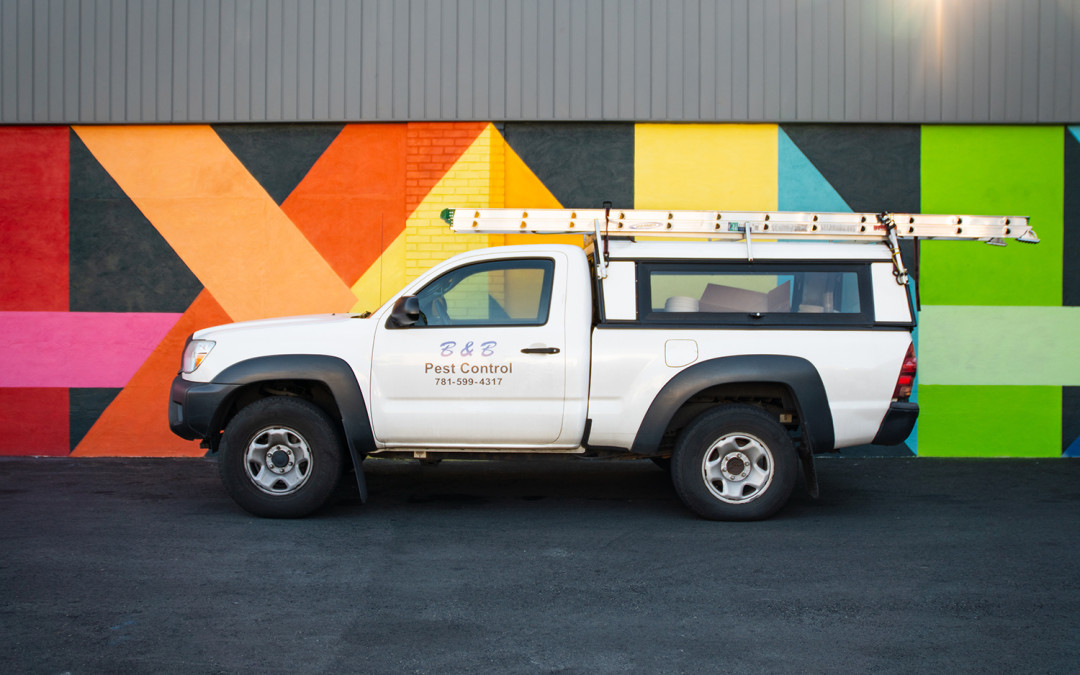While the eastern subterranean termite is the only termite species that is known to be permanently established within Massachusetts, the state is, nevertheless, located within a geographic region where termite pest activity is categorized as “moderate to heavy.” Most other northeast states are located within this zone as well, with the exception of Vermont, New Hampshire, Maine and upstate New York. Homes that are located within this zone should be inspected for termites and other wood-infesting insect pests at least once per year. Although the eastern subterranean termite is the most widely distributed termite species in the United States, and is therefore responsible for inflicting the greatest amount of property damage in the US annually, the structural damage inflicted by this species is usually limited to wood located near a house’s foundation.
Since the eastern subterranean termite is not an arboreal species, it typically does not access the upper levels of multi-story houses and buildings via tree branches; instead, infestations are most often found within tree stumps and structural wood that makes contact with a house’s foundation. The eastern subterranean termite worker can access base-boards, floor joists and first-floor wall framing timbers by squeezing through foundation cracks as narrow as one eighth of an inch in width. Unfortunately, this means that eastern subterranean termite workers are able to access some of the most structurally important and hard-to-access areas of a home. That being said, it is extremely rare to find indoor colonies that are located as far from the ground as attics and roofs.
Eastern subterranean termites establish a central nest beneath the soil’s surface where water can be accessed as needed. Protective mud tubes connect the central nest to indoor structural timbers, allowing workers a direct line between their water and timber food sources. In extremely rare cases when a house’s timber frame becomes saturated with water, eastern subterranean termite workers can continually travel upwards to higher floors and eventually into the attic and roof, as the waterlogged wood provides and adequate amount of water for workers, making return trips to the subterranean nest unnecessary. It is only in these cases that an eastern subterranean termite infestations can become established in attics and on roofs, but it is still important for attics and roofs to be inspected, as homeowners are often unaware of water leaks that originate from their attics. Also rainwater may gather in attics through breaches in the roofs of older homes. When this occurs in a home, it is inevitable that the entire wall’s timber frame will become waterlogged, allowing eastern subterranean termites a permanent habitat within a house.
Have you ever had a professional termite inspection carried out on our property? If so, did the pest control professional check you attic?

